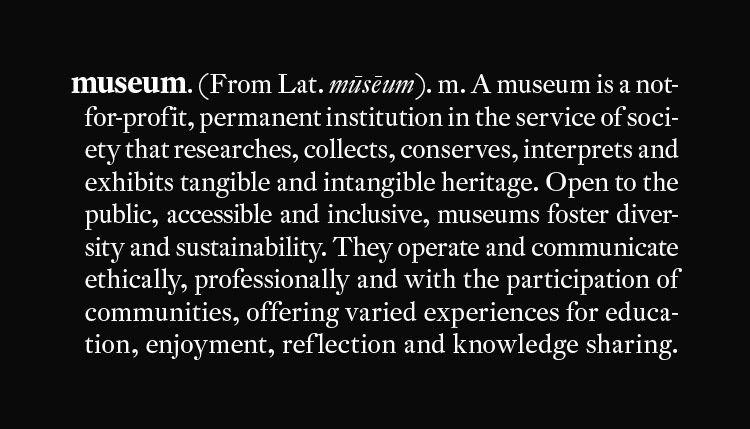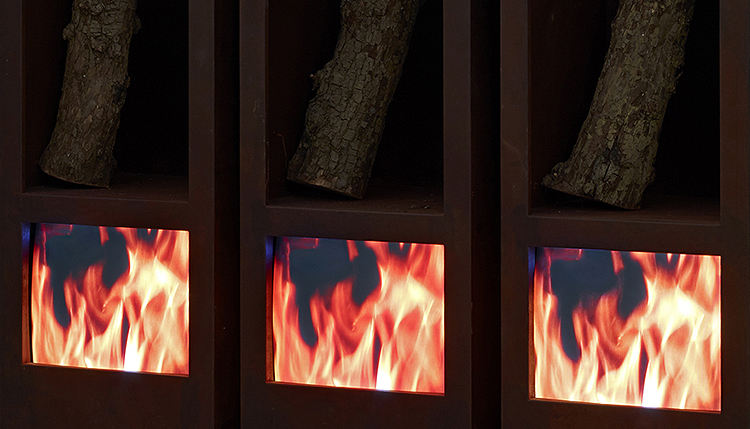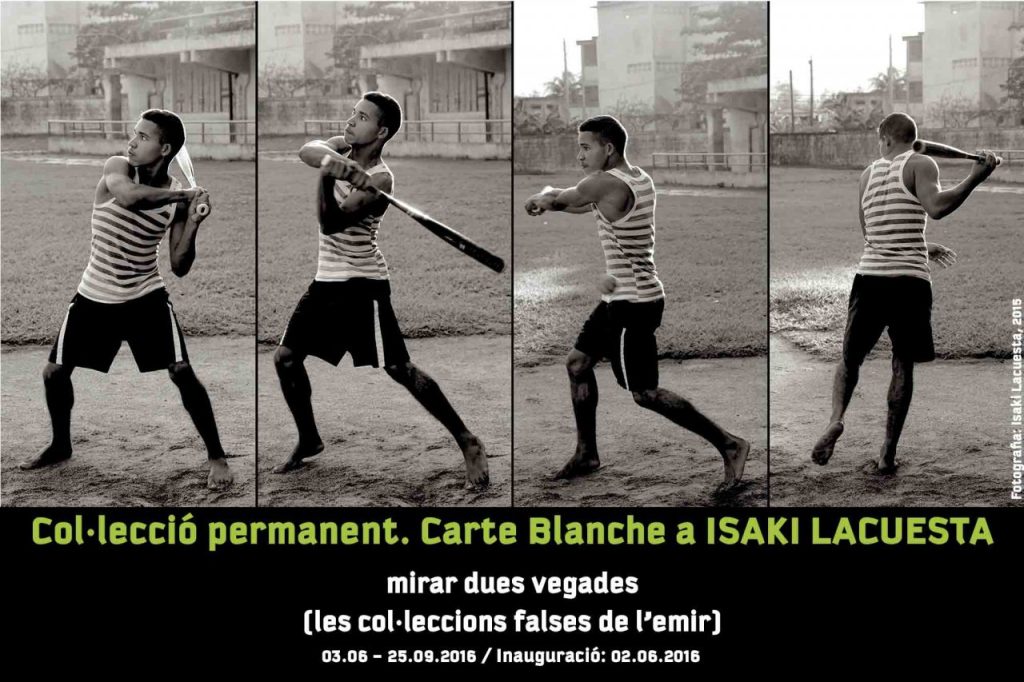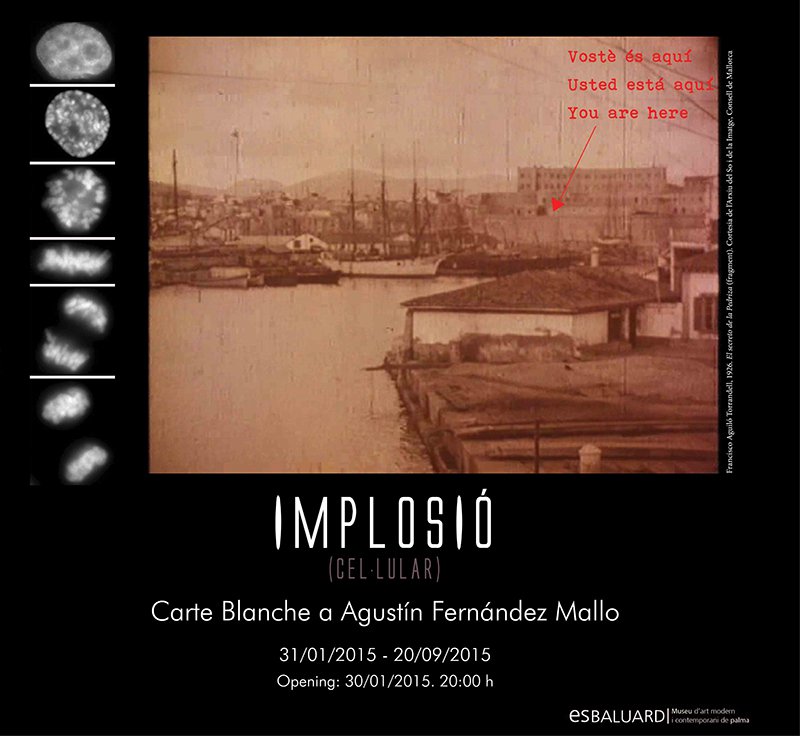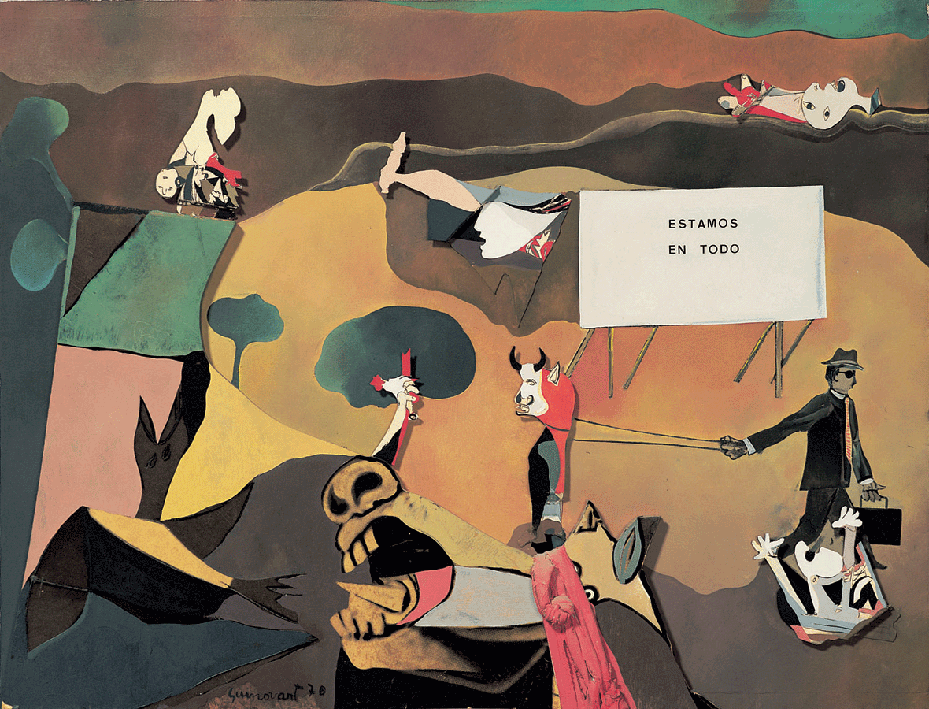
- Artist:
- Josep Guinovart
- Date:
- 1970
- Technique:
- Collage on wooden panel
- Dimensions:
- 52 x 67 cm
- Origin:
- Es Baluard Museu d'Art Contemporani de Palma, Serra Collection long-term loan
- Registration number:
- 129
- Exposed:
- No
Starting out from the collage technique, Guinovart took the renowned painting Guernica by Picasso as a base, with the aim of approaching one of the questions that most concerned the creator – the political and social situation of his time – from different angles. To do so, he extracts the imagery of the famous 1937 mural in different layers, introducing new, equally topical situations in the year 1970, the year in which Spain lived through the final year of Franco’s dictatorship.
In the evolution of this creator’s work we can find a move from Realism to a more informalist period which leads into the use of the collage as one of its formal resources. This is the case of this piece, where the Picassian icons extrapolated into a different context are joined by characters like the man with the briefcase or slogans, presented by way of a banner like that of “Estamos en todo” (We are in Everything), all with a vitalist rhythm that is recognisable in his entire oeuvre. The superpositions and levels that present themselves in the work enable one to begin to understand his shift from Abstraction to the incorporation in his pieces of things three-dimensional, objects and new materials (manipulation of fabric, wood, plaster or fibre cement on occasions).
N.A.
Having started out as a house painter, the artist Josep Guinovart i Bertran, a drawer, illustrator, poster artist, engraver and contributor to theatre set design projects, was one of the great post-war painters. Josep Guinovart and his family suffered under the Civil War, being forced to change their residence as a consequence of it. Guinovart was awarded a grant to complete his studies in Paris, entering into contact there with Tàpies, Chillida and Palazuelo, and also becoming close to members of the Dau al Set group, who helped inspire a personal style in him which he evolved over the years. In 1955 he founded the Taüll team with Jaume Muixart, Antoni Tàpies and Joan Josep Tharrats, and was also involved in the Barcelona section of the Estampa Popular group. International recognition came to him in the ‘eighties, and this artist’s connection to Mallorca led him to visit the island frequently and to his artistic collaboration on several projects.
N.A.
